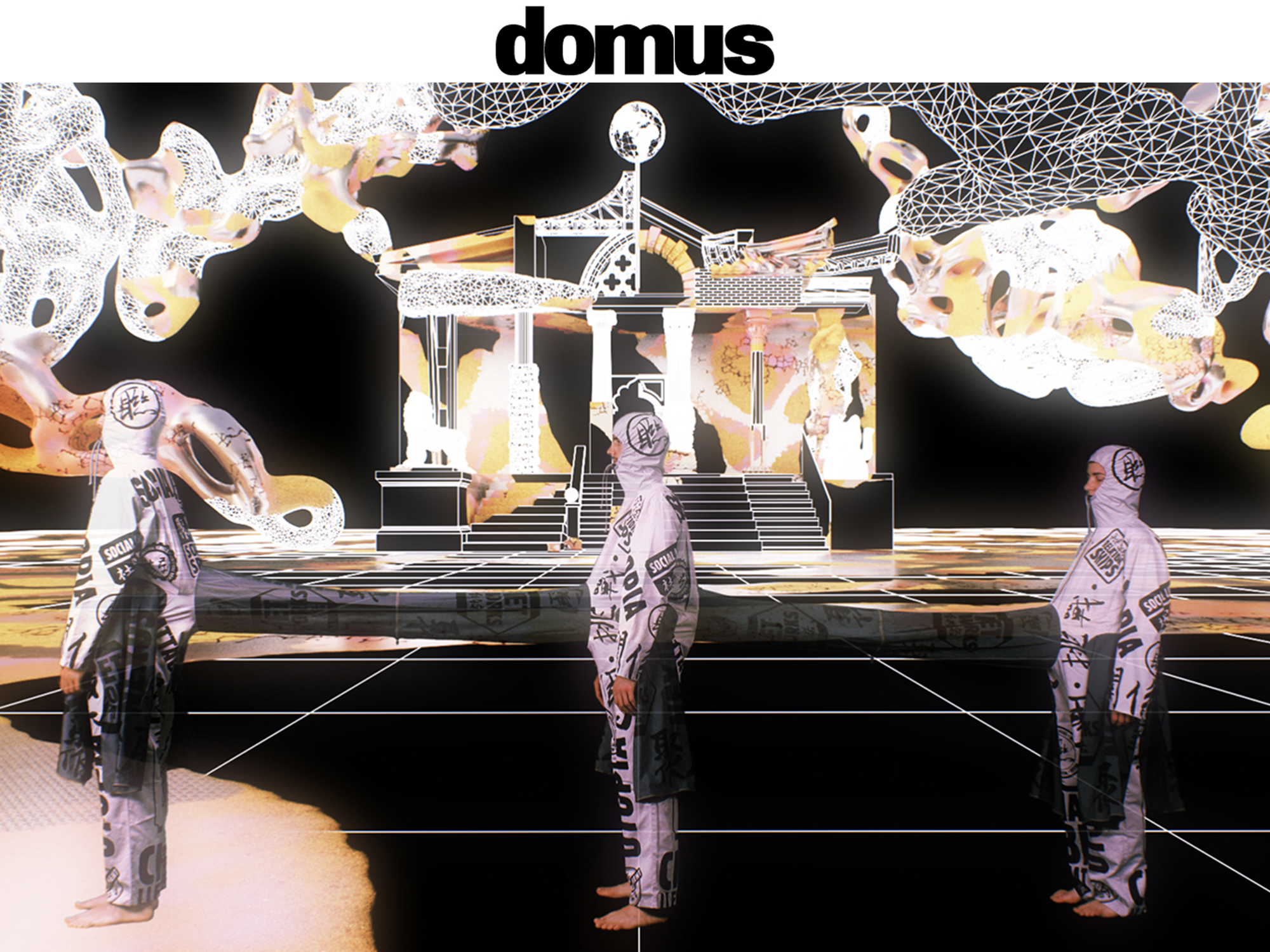By Salvatore Peluso
“All work and no play makes Jack a dull boy” says the English proverb that Jack Nicholson made famous in Shining (1980). At the time of the pandemic, this statement does not seem to apply to OrtaMiklos, who used the months of forced imprisonment to devote themselves entirely to design and produce a huge amount of work (22 works), now on show in New York at the Friedman Benda gallery.
For “6 acts of confinement”, the very young Leo Orta and Victor Miklos Andersen conceived six separate scenes, where each act represents a different emotional response to this historical moment.
The objects designed by OrtaMiklos arise from direct and violent contact with matter. They are the result of guerrilla performances, drawing inspiration from different urban practices and aesthetics. For example, it is impossible not to recognize the influence of the graffiti world, both in the coloring of some pieces and in the creation of video animations, whose amorphous lettering recalls those of the Parisian writing crew PAL.
If, with their design, Leo and Victor avoid any kind of serialization or industrialization of the production process, then the most significant pieces on show are Melting Thonet and Melting Breuer. With an iconoclastic attitude, the duo deconstructs and deforms two of the most iconic chairs of modern design: the first is perhaps the first mass-produced seat, the second represents Bauhaus thinking and the union between industry and design.
The exhibition in New York features a combination of OrtaMiklos’ works and those of various visual artists such as Bráulio Amado, Coady Brown, Salomé Chatriot, Sarah Faux, Jānis Melderis and Reginald Sylvester II. Given the limitations of the pandemic, the duo created digital space for one of their performances. Parallel to that of the gallery, the designers virulturally occupy the Temple of Tendur, an Egyptian monument currently housed at the Metropolitan Museum of Art in New York, which is being transformed into a dystopian and alienating setting.
Virtual spaces, performances, illustrations and design: Leo and Viktor coherently compose a series of different media to show us their apprehensions. Rather than functionally solving problems, they propose with complete freedom their imagery at the boundaries of reality. Will this be the future of design?










